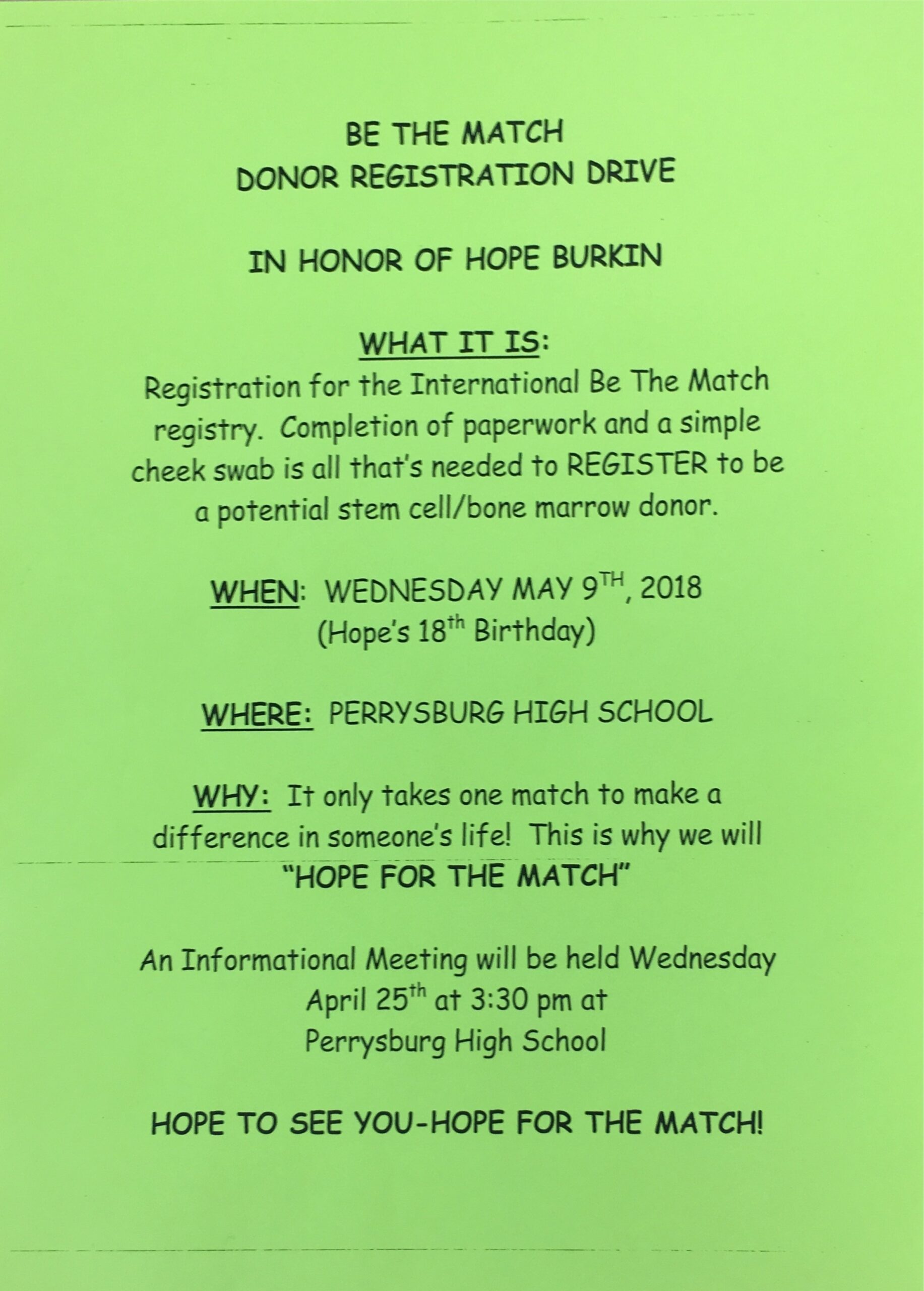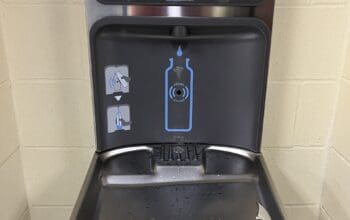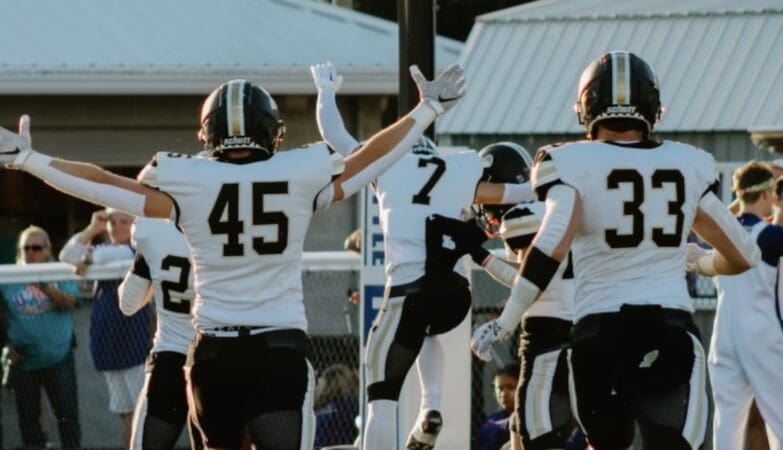Zach Isaacson and Avery Cook
eSomethin Staff
[vimeo url=”https://vimeo.com/267338598″]
(Music: Vibe Mountain – “Clover 3″ from the Youtube Audio Library)
An interview with PHS Staff Member, Marjorie Harris, who tells the story of her niece’s Leukemia and how Be The Match helped save her life.
[soundcloud url=”https://api.soundcloud.com/tracks/437546007″ params=”color=#ff5500&auto_play=false&hide_related=false&show_comments=true&show_user=true&show_reposts=false&show_teaser=true&visual=true” width=”100%” height=”300″ iframe=”true” /]
The purpose of the Be The Match foundation is to save lives. Through a simple cheek swab, they pair patients in need of matches with potential donors around the world. Many lives have been saved and improved as a direct result of their work.
While it can be an honoring, beautiful act that impacts someone’s life, there are risks to the donation procedure and its recovery portion for both patients. According to Be The Match, complications are at their highest probability in the first one hundred days after the transplant procedure, and common side effects of a transplant are hair loss and bodily infections for recipients. More severe, less common side effects could include a patient’s body rejecting the new cells and even death.
The Mayo Clinic describes possible recovery in the following ways: “After the surgery, you might feel tired or weak and have trouble walking for a few days. The area where the bone marrow was taken out might feel sore for a few days. You can take a pain reliever for the discomfort. You’ll likely be able to get back to your normal routine within a couple of days, but it may take a couple of weeks before you feel fully recovered.” Donors may struggle with multiple weeks of recovery time.
The risks depend on the type of transplant. Everyone’s body is different and could react to the donation in different ways. It is extremely important to discuss being a potential bone marrow donor with your doctor and loved ones to fully understand the procedure.
If you do decide to donate your bone marrow to your match, you are potentially saving a life and curing a disease to make your match healthy, changing people’s lives for the better.
A special thanks to members of the Key Club, members of the current/next year’s Executive Committee, Ms. Melissa Notestine, Ms. Debbie Reddick, Ms. Dawn Burks, Dr. Michael Short, and the Burkin family.
Other stories on eSomethin:
[posts template=”templates/list-loop.php” posts_per_page=”6″ tax_term=”34″ order=”desc” orderby=”modified”]





